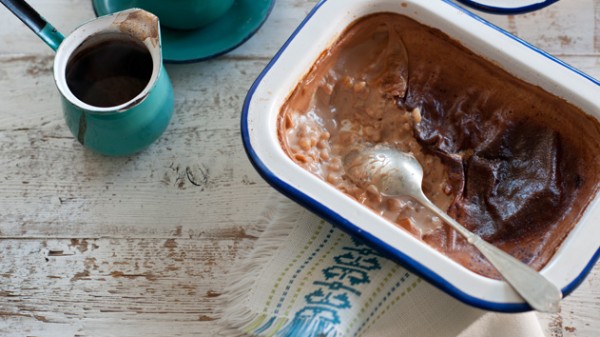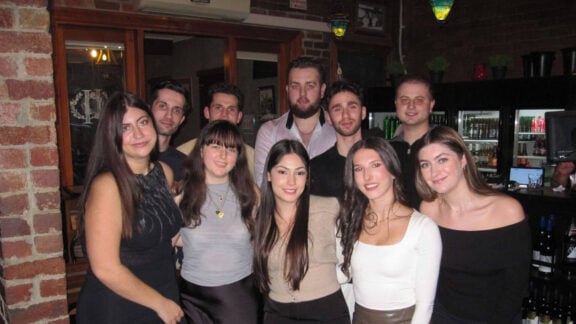Chocolate has no past history in Greece’s culture but today it seems as if Greeks are addicted to it. Amazing tarts, cakes and ice creams are made with it. There are even chocolate-filled croissants in every periptero (street kiosk), together with newspapers and all of the other periptero treasures.
Chocolate is eaten and gifted on a daily basis. It is part of Greek culinary culture today and it’s worth an article and some delicious recipes.
Chocolate is made from the cocoa bean, which originated in Mesoamerica. The Olmec Indians (1500 BC – 300 BC), native people of the geographical area of Mexico, are believed to be the first to grow cocoa beans as a domestic crop. Artefacts show us that the Olmecs were a very sophisticated society that passed on their culture to the Maya people, including the consumption of cocoa.
This seemed to have happened around 300 BC-500 BC and as the Maya migrated to the northern regions of South America and Mesoamerica, they established the first cocoa plantations. The beans were used as currency by the Maya when trading with the Aztecs further south.
When the Spaniards arrived in 1519 AD, the Aztec emperor Montezuma served some to his guest, the conquistador Hernando Cortes, as the Aztecs thought he was the reincarnation of an exiled king. We know from history that Cortes had come to the Americas for its rumoured gold and within three years he had brought down the Aztec Empire.
According to scholars, Cortes brought the cocoa bean home to Spain in 1529, but he was not the first to do so. About thirty years earlier Christopher Columbus had found the cocoa bean in the Caribbean and had presented it to King Ferdinand and Queen Isabella as a curiosity but it was never considered further.
But Cortes was more creative and instead of serving the cocoa drink as a bitter brew – the way the South Americans did – he sweetened it with sugar, added vanilla and cinnamon and served it hot. As the drink gained popularity, the Spanish planted more cocoa trees in their colonies of Ecuador, Venezuela, Peru and Jamaica. It was, however, a drink only for the wealthy during this time.
The Spanish opened the first cocoa processing plant and in 1580, the news of cocoa spread. There are different theories about its history and rumour has it that some monks broke their silence and told their French counterparts. Another rumour is that of the marriage in 1615 between the daughter of King Phillip III of Spain to King Louis XIII of France, where she gave him chocolate as a wedding gift.
Regardless of which story you believe, cocoa spread all over Europe, early on in France and Italy, and later Amsterdam became an important shipping port for cocoa.
Machinery was invented and cocoa was refined and made into chocolate. It has always been part of celebrations in the past and today.
In Mesoamerica where humans first ate cocoa, ritual survives to this day. In Mexico, hot chocolate may accompany foods for two Christian holidays, the twelve days of Christmas and Candlemas. Mexicans also celebrate Dia de los Muertos (Day of the dead) from 31 October to 2 November by giving balls, bars and drinks of chocolate to friends and family and honouring the departed with chocolate offerings. We have chocolate Easter eggs and Valentine’s Day chocolate offerings. Whenever we are not well, someone will bring us a box of chocolates and we also take it as a gift when we visit.
Throughout history chocolate was used to help thin people gain weight, stimulate the nervous system, calm hyperactivity, improve digestion and kidney function, and remains important to the healers of today. Its medical use seems to be endless in the countries where it originated.
Scientific evidence today indicates that the phytonutrients and fatty acids in cocoa may be associated with lower risk of cardiovascular disease and reduction of blood pressure. The proof is not conclusive but studies do support that chocolate can be part of a heart healthy diet.








